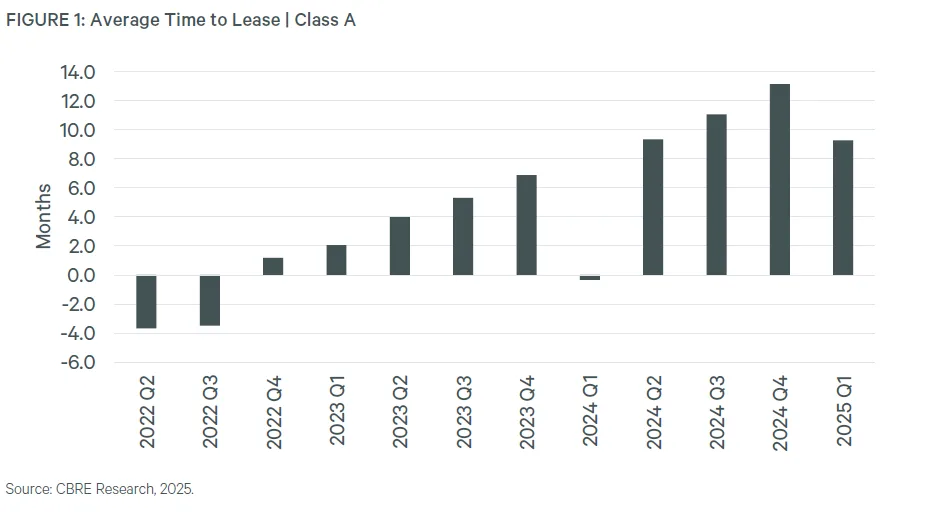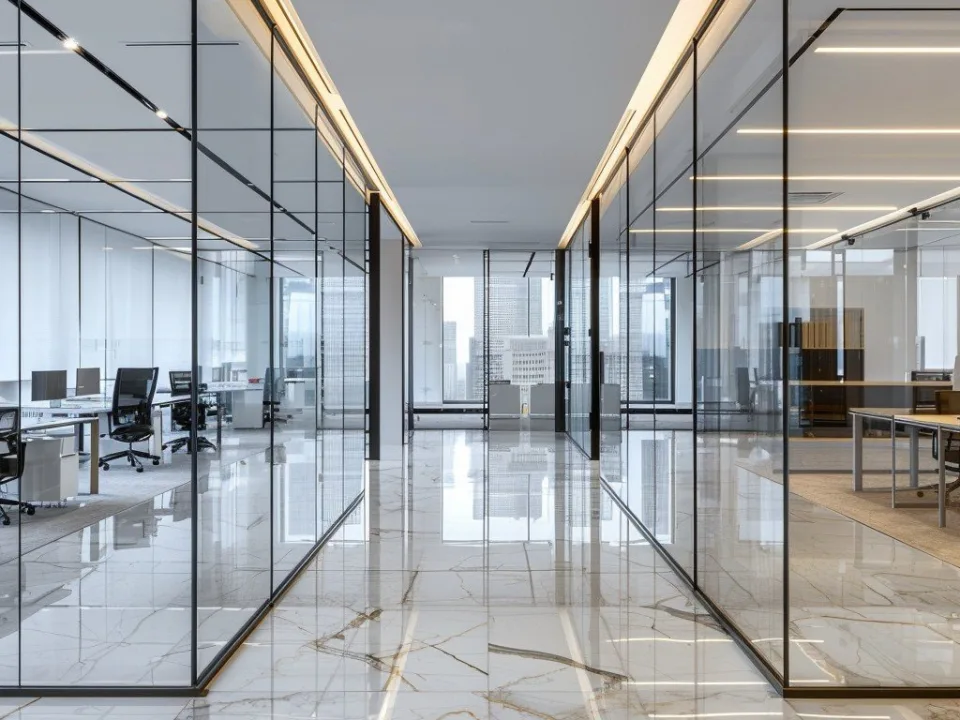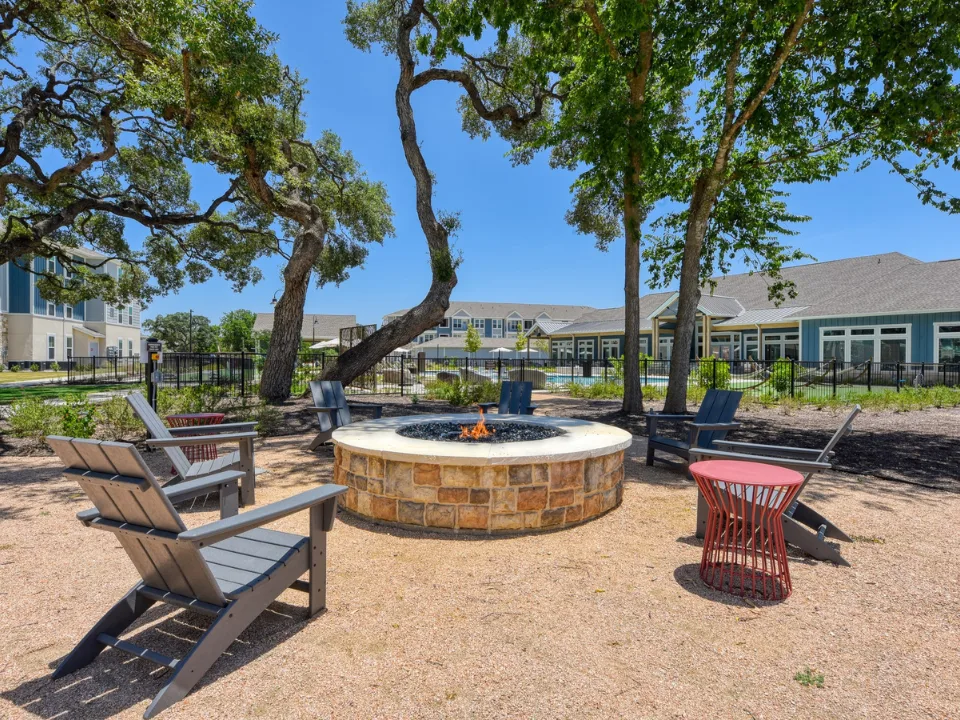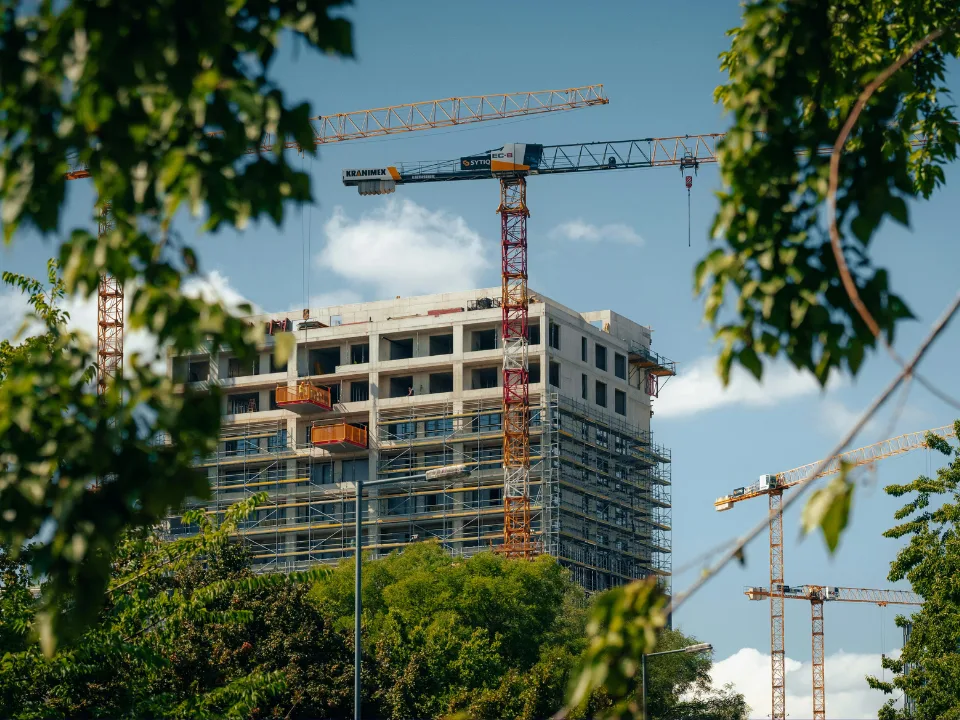- Average time to lease Class A industrial space in the Northeast has reached 9.3 months as of Q1 2025, a stark contrast to the sub-zero figures seen during the e-commerce boom.
- Economic uncertainty, evolving inventory strategies, and mismatches in building specs and locations are slowing leasing activity.
- Landlords are responding with larger concessions, reduced base rents, and increased leasing to offshore 3PLs, indicating a shift in market approach.
The Northeast’s Class A industrial real estate market is facing a new leasing reality, reports CBRE. Once marked by record-low vacancy and rapid pre-leasing during the pandemic and e-commerce surge, leasing timelines are now lengthening significantly. CBRE reports that average lease time reached 9.3 months in Q1 2025, up sharply from -3.7 months in Q2 2022.
Changing Conditions
The sharp shift began in the second half of 2022, driven by multiple market headwinds. Retailers moved from a “just in case” to a “just in time” inventory model, and broader economic and political uncertainty caused tenants to delay space commitments. These factors have extended the decision-making cycle for occupiers.

Mismatches In The Market
Some new Class A buildings are missing the mark for today’s tenants. Whether due to size, inefficient designs, or location issues—especially in tertiary markets without direct highway access—these assets are taking longer to lease. Increased vacancies have empowered tenants to be more selective, further slowing deal velocity.
Get Smarter about what matters in CRE
Stay ahead of trends in commercial real estate with CRE Daily – the free newsletter delivering everything you need to start your day in just 5-minutes
Landlord Response
In Q1 2025, signs of adjustment began to emerge. Owners are offering more concessions and lower base rents to attract tenants. In addition, some landlords are accepting greater credit risk by leasing to offshore third-party logistics firms that can occupy space quickly.
Why It Matters
The extended lease-up times signal a market correction as supply adjusts to more cautious demand. However, fewer new projects in the pipeline and sustained demand for top-tier space may help rebalance conditions.
What’s Next
With fewer new deliveries, improved incentives, and a flight to quality, CBRE anticipates more stable leasing timelines in the coming quarters. Still, developers and investors will need to refine product offerings and site selection to better align with tenant expectations.


















